FOREST TRAILS – SENDEROS BOSCOSOS
WILSON BOTANICAL GARDENS
LAS CRUCES BIOLOGICAL STATION
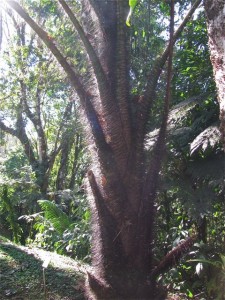 In my blog post of August 09 I talked about the trails at Wilson Gardens, which descend to the Java River. Recently I had the opportunity to hike the forest trail systems on the other side (north) of the Río Java. Technically, this area is not open to day visitors—only overnight guests are allowed entry and given maps. That said, there are no gatekeepers, so hikers can make their own decision. Just let someone know where you are headed since there is no cell phone signal and no trail patrol. This is mostly primary forest and has enough flora, fauna, and difficulty to keep a hiker busy all day.
In my blog post of August 09 I talked about the trails at Wilson Gardens, which descend to the Java River. Recently I had the opportunity to hike the forest trail systems on the other side (north) of the Río Java. Technically, this area is not open to day visitors—only overnight guests are allowed entry and given maps. That said, there are no gatekeepers, so hikers can make their own decision. Just let someone know where you are headed since there is no cell phone signal and no trail patrol. This is mostly primary forest and has enough flora, fauna, and difficulty to keep a hiker busy all day.
En agosto 2009 hablé de los senderos de Jardines Wilson, los cuales descienden hasta el río Java. Recientemente tuve oportunidad de de caminar por el sistema de senderos boscosos del otro lado [lado norte] del río Java. Técnicamente, esta zona no está abierta a visitantes de día —solamente a visitantes con hospedaje les dan entrada y mapas. Pero tampoco hay guardas, por lo cual cada quien decide por sí mismo. Sí es bueno que alguien sepa dónde estás, ya que no entra la señal de celular y no hay patrulla de senderos. Este es más que todo bosque primario con suficiente flora, fauna y dificultades para mantener al caminante ocupado todo el día.
Take the Río Java trail all the way to the river and cross over to the Ridge trail. This is the fastest and steepest route into primary forest. Trail intersections are all well-marked, but river and creek crossings are not, and may be somewhat upstream or downstream from straight across. In rainy season you will get wet feet.
Usa el sendero río Java hasta llegar al río y cruce al sendero Ridge. Este sendero es el más rápido y empinado hacia el bosque primario. Las intersecciones del sendero están bien delineadas, pero no así los cruces de río y riachuelo, por lo que el sendero puede continuar más arriba o abajo y no al frente tuyo. En época lluviosa te vas a mojar los pies.
The Ridge trail is steep, and true to its name, runs along a ridge so you can see into the canopy on both sides. If you are not in great shape, take your time and enjoy the big trees, or take one of the two trails which branch off this trail. The Loop trail is longer, but less steep, and goes up the mountain to rejoin the Ridge trail. It passes through primary and secondary forest. This can be combined with the Ridge trail to make a 2 1/2 hour loop hike.
El sendero Ridge es empinado y va por una fila desde la que puedes ver el canopy en ambos lados. Si no estás en buena forma, llévalo con calma y disfruta de los árboles, o toma una de los dos senderos que se ramifican de éste. El sendero Loop es más largo pero menos empinado y sube la montaña a reencontrarse con el sendero Ridge, pasando por bosques primario y secundario. Este lo puedes combinar con el sendero Ridge si quieres caminar una vuelta de 2 1/2 horas.
Further up the Ridge trail, the Wilson trail takes off to the north. This is a much easier route through primary forest and connects to the Melissa trail which can take you to the Water trail for another 2 1/2 hour loop. The Melissa trail shows a variety of forest regeneration projects.
Más adentro en el sendero Ridge, el sendero Wilson sale hacia el norte. Esta ruta es mucho más fácil por bosque primario y conecta con el sendero Melissa, el cual te puede llevar al sendero Water para otra vuelta de 2 1/2 horas. El sendero Melissa muestra variedad de proyectos de regeneración forestal.
The most difficult loop in the system would be the Ridge trail to the Gamboa trail and back to the Station via the Melissa trail. This would be a 4 to 5 hour loop through all of the eco-systems in the park. An option here is to walk the Gamboa trail all the way down to the town of San Vito, and taxi or bus back to Wilson Gardens. A note of caution on the Gamboa trail: the trail crossing at the West Río Java is very hard to find due to landslides and fallen trees. If you are coming from the south, it is about 30 meters upstream and somewhat overgrown due to the light from the canopy opening. If you come from the north, it’s downstream. Not much space to walk here so hop rocks, or walk in the water.
La vuelta más difícil del sistema tendría que ser el sendero Ridge hacia el sendero Gamboa y de vuelta a la Estación por el sendero Melissa, con lo cual se completa una vuelta de 4 ó 5 horas a través de todo el ecosistema del parque. Una opción es caminar el Gamboa hasta el pueblo de San Vito y devolverse en taxi o autobús hasta Jardines Wilson. Cuidado: En el sendero Gamboa, al cruzar el río Java oeste es muy difícil encontrar el sendero del otro lado, debido a avalanchas y troncos caídos. Si vienes del sur, está a unos 30 metros corriente arriba y algo enmontado debido a la luz del vacío del canopy. Si vienes del norte, está más abajo. No hay mucho espacio para caminar, así que hay que brincar rocas, o caminar en el agua.
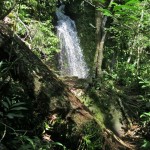
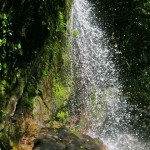

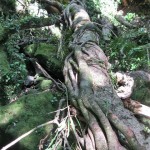
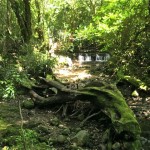
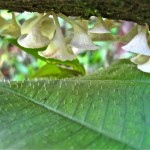
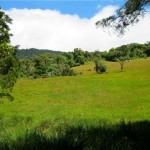
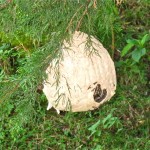




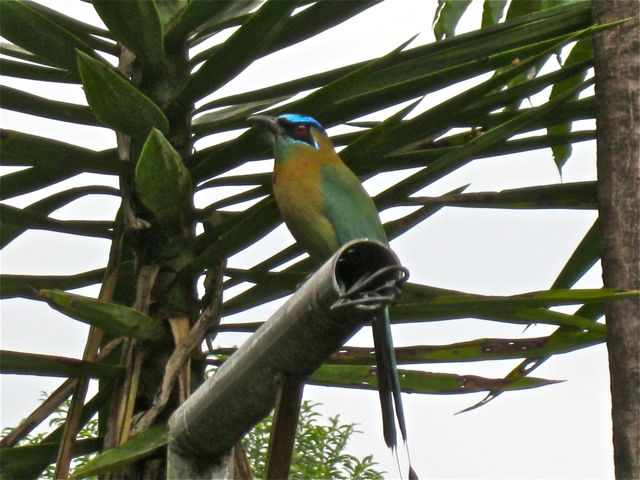

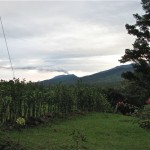
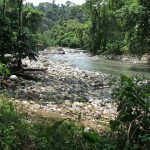
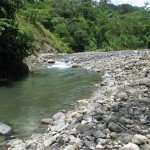

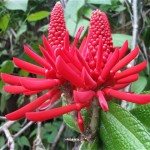
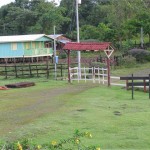
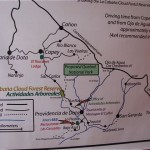
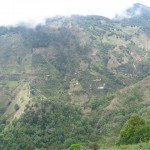
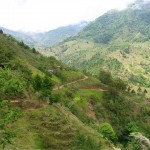
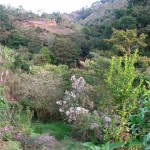
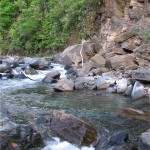

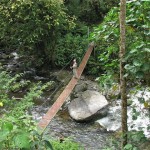

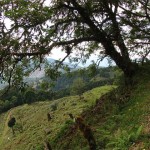
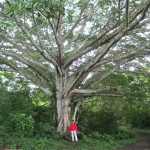
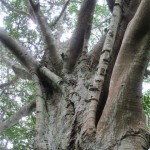
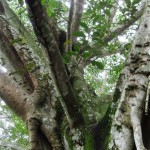

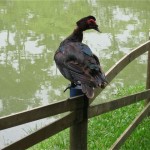

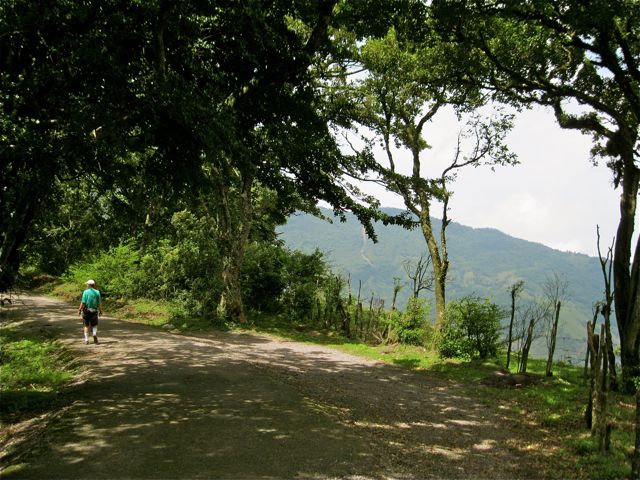
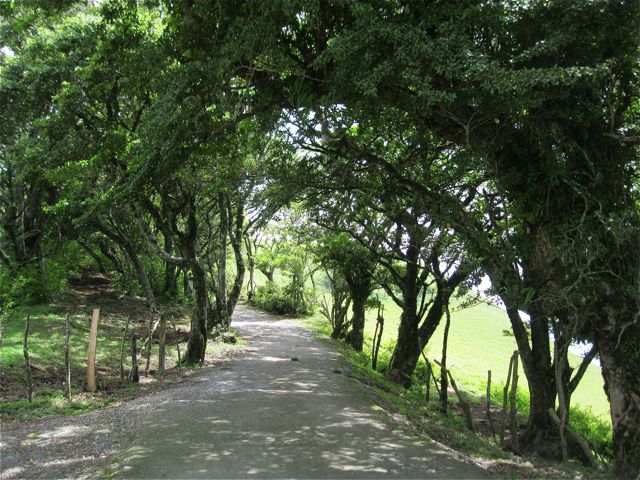
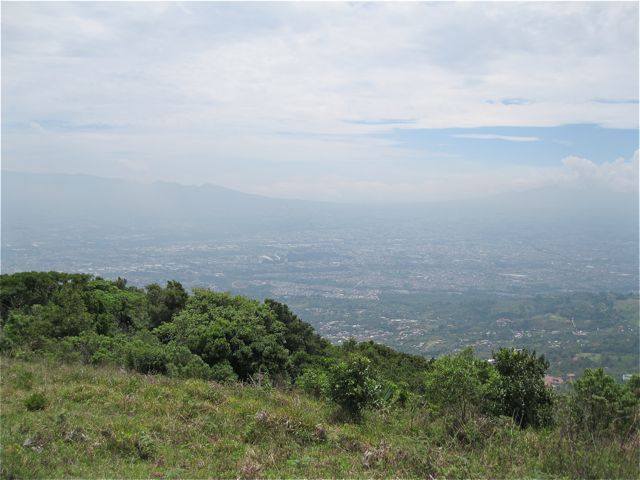
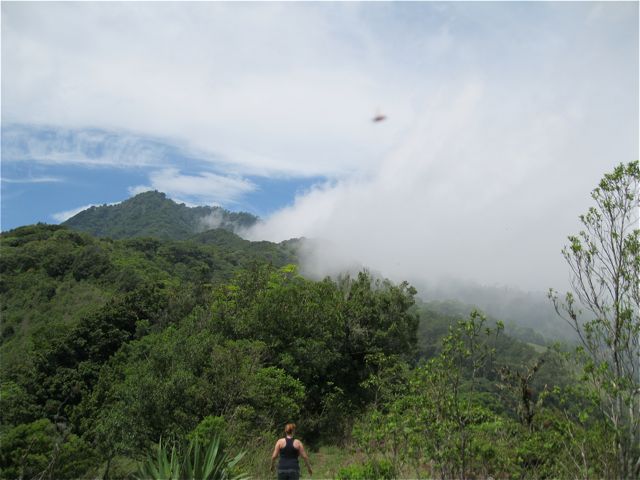
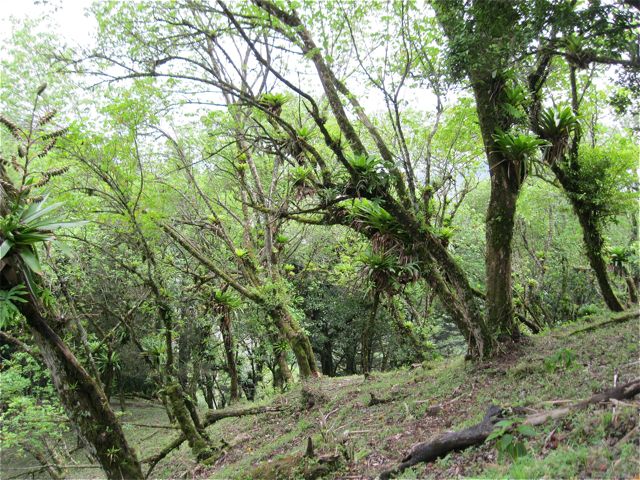

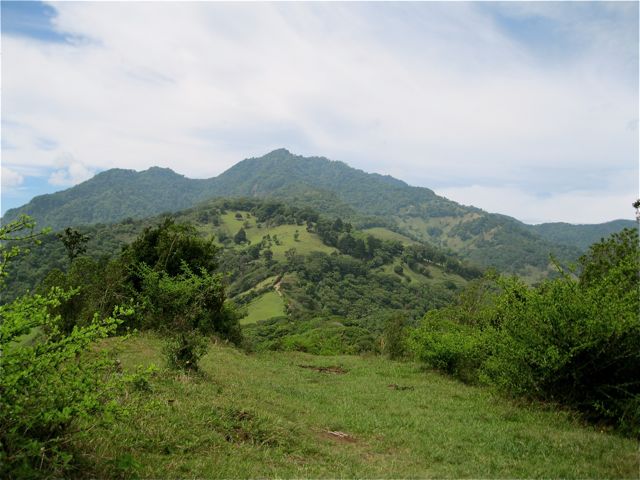
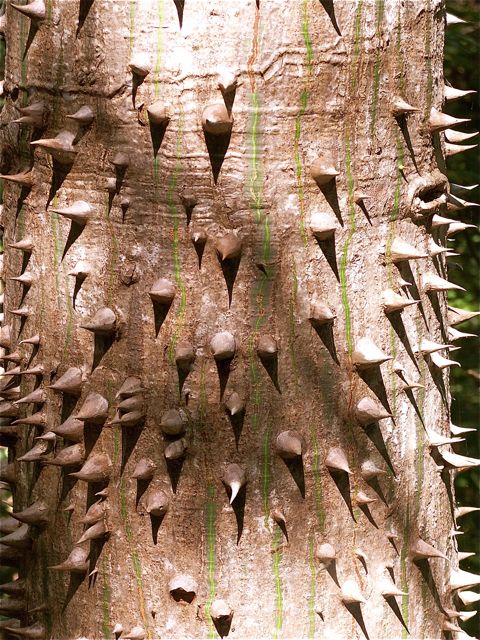

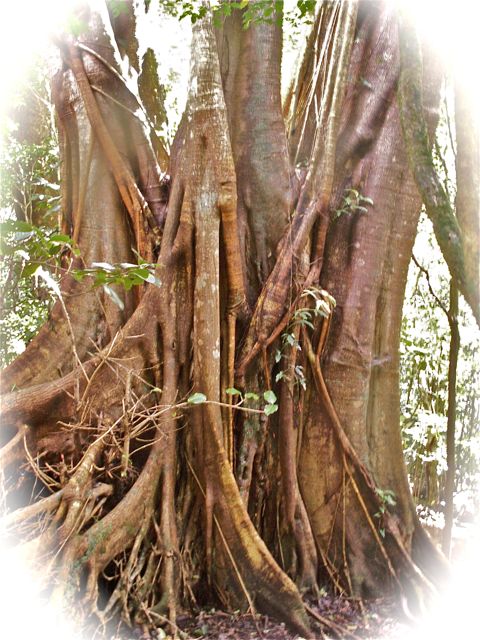
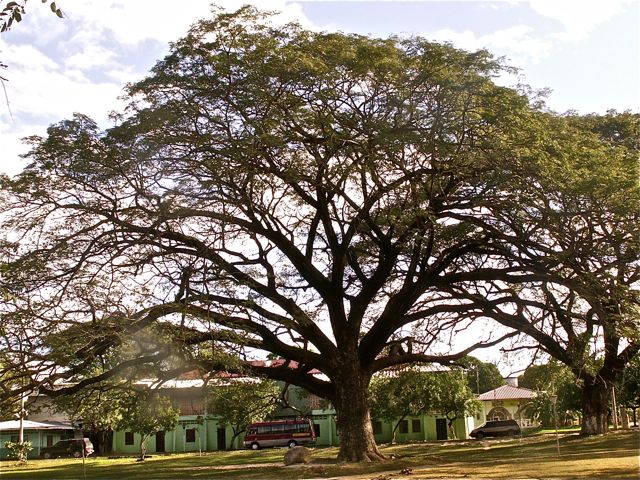
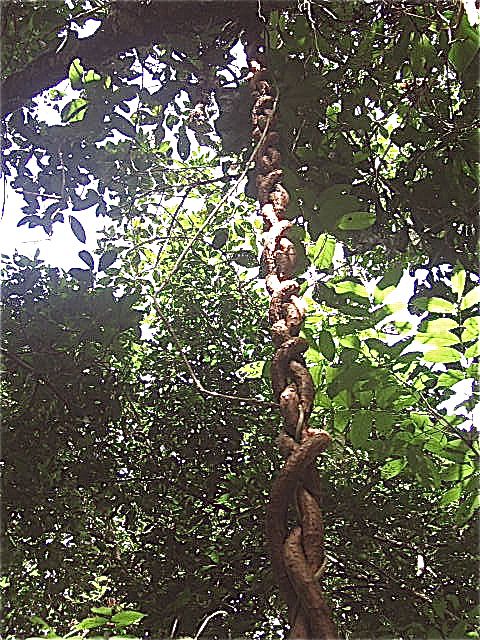
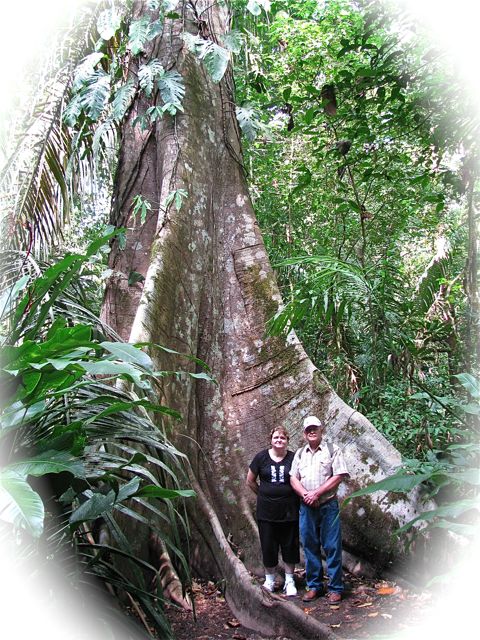
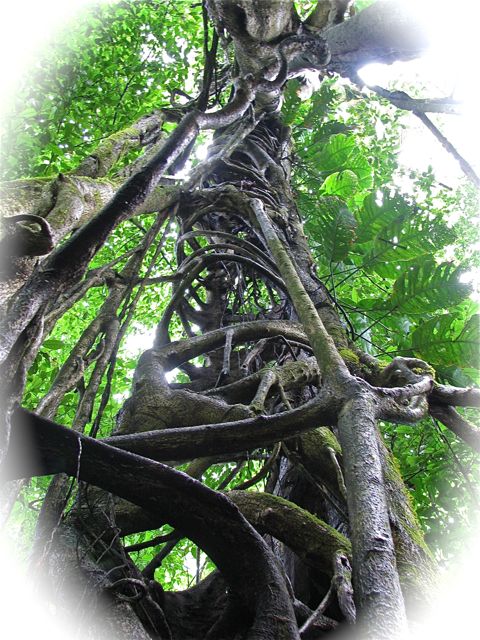
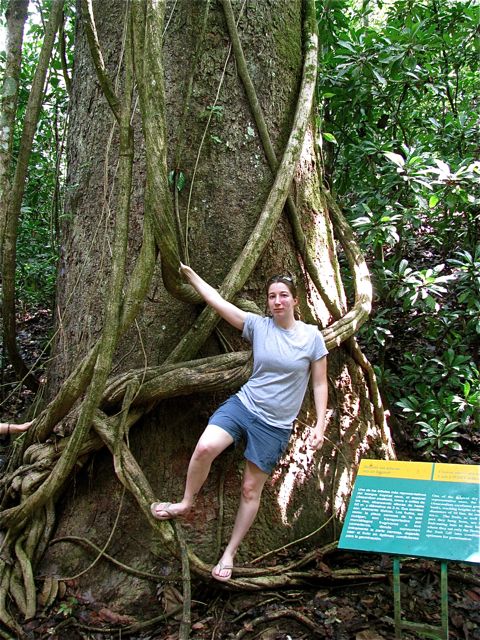
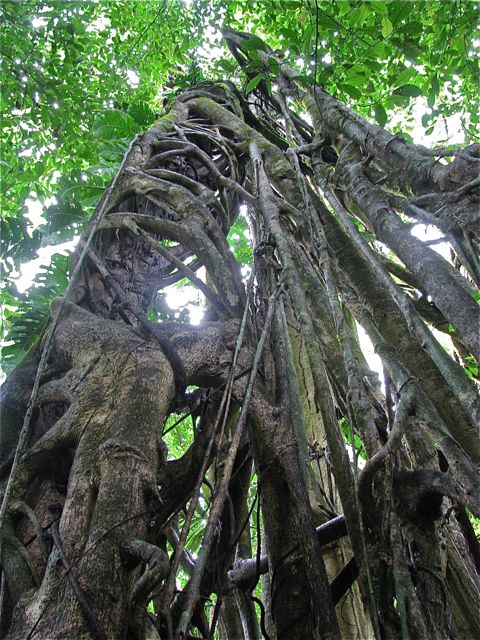
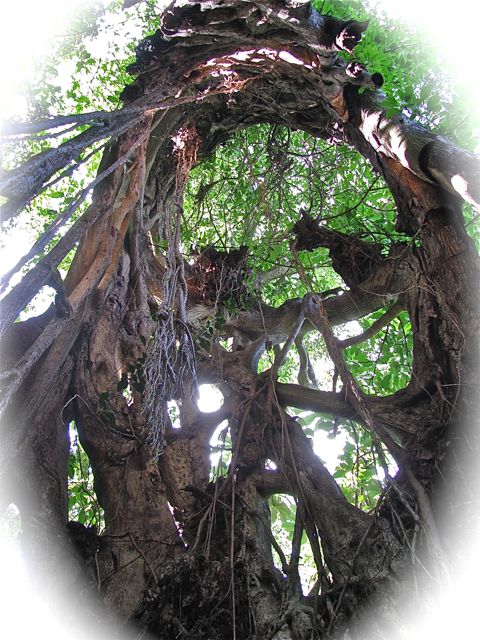
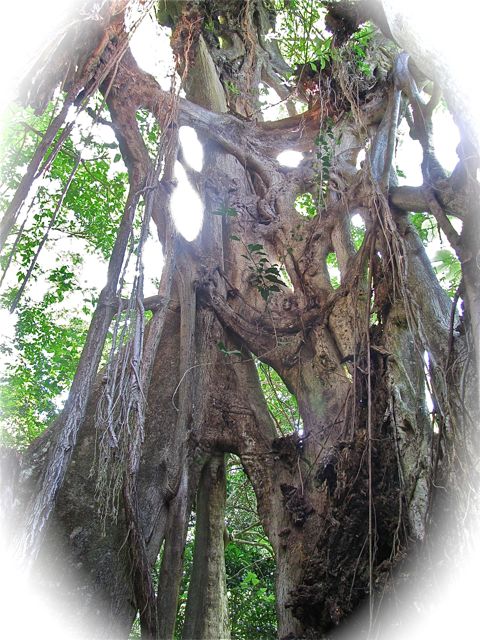
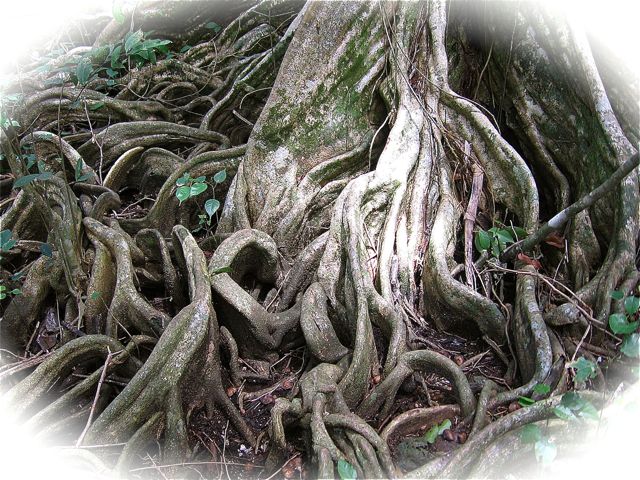
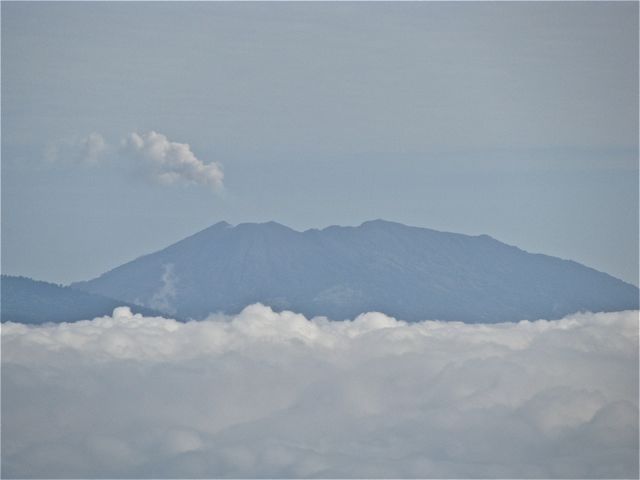

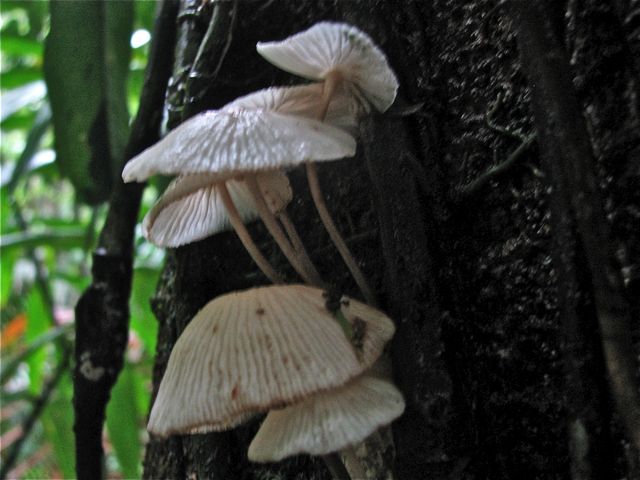
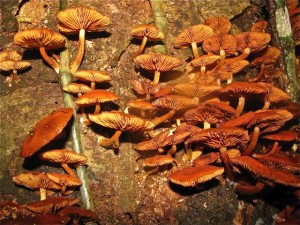
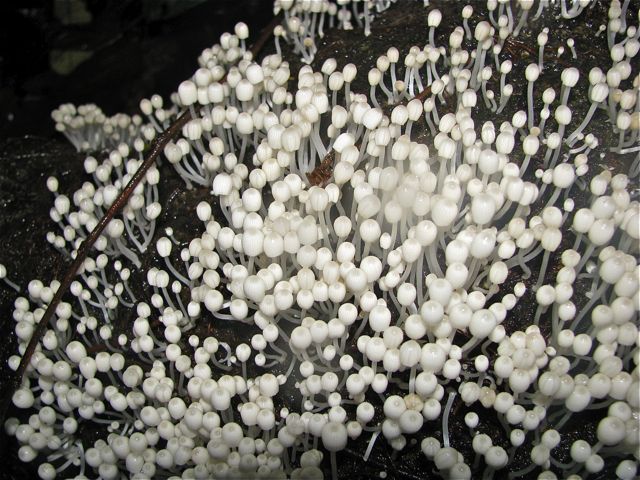
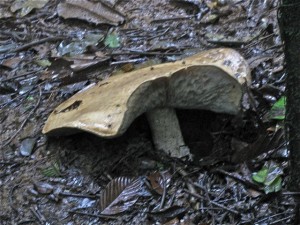


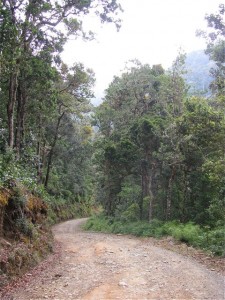

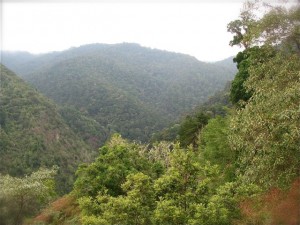

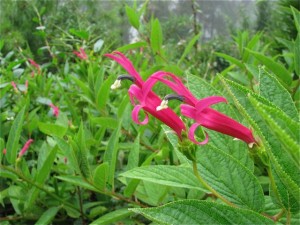
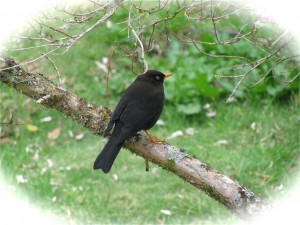

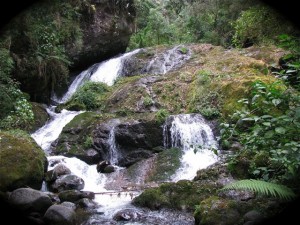
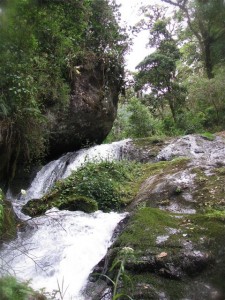
 In my blog post of August 09 I talked about the trails at Wilson Gardens, which descend to the Java River. Recently I had the opportunity to hike the forest trail systems on the other side (north) of the Río Java. Technically, this area is not open to day visitors—only overnight guests are allowed entry and given maps. That said, there are no gatekeepers, so hikers can make their own decision. Just let someone know where you are headed since there is no cell phone signal and no trail patrol. This is mostly primary forest and has enough flora, fauna, and difficulty to keep a hiker busy all day.
In my blog post of August 09 I talked about the trails at Wilson Gardens, which descend to the Java River. Recently I had the opportunity to hike the forest trail systems on the other side (north) of the Río Java. Technically, this area is not open to day visitors—only overnight guests are allowed entry and given maps. That said, there are no gatekeepers, so hikers can make their own decision. Just let someone know where you are headed since there is no cell phone signal and no trail patrol. This is mostly primary forest and has enough flora, fauna, and difficulty to keep a hiker busy all day.